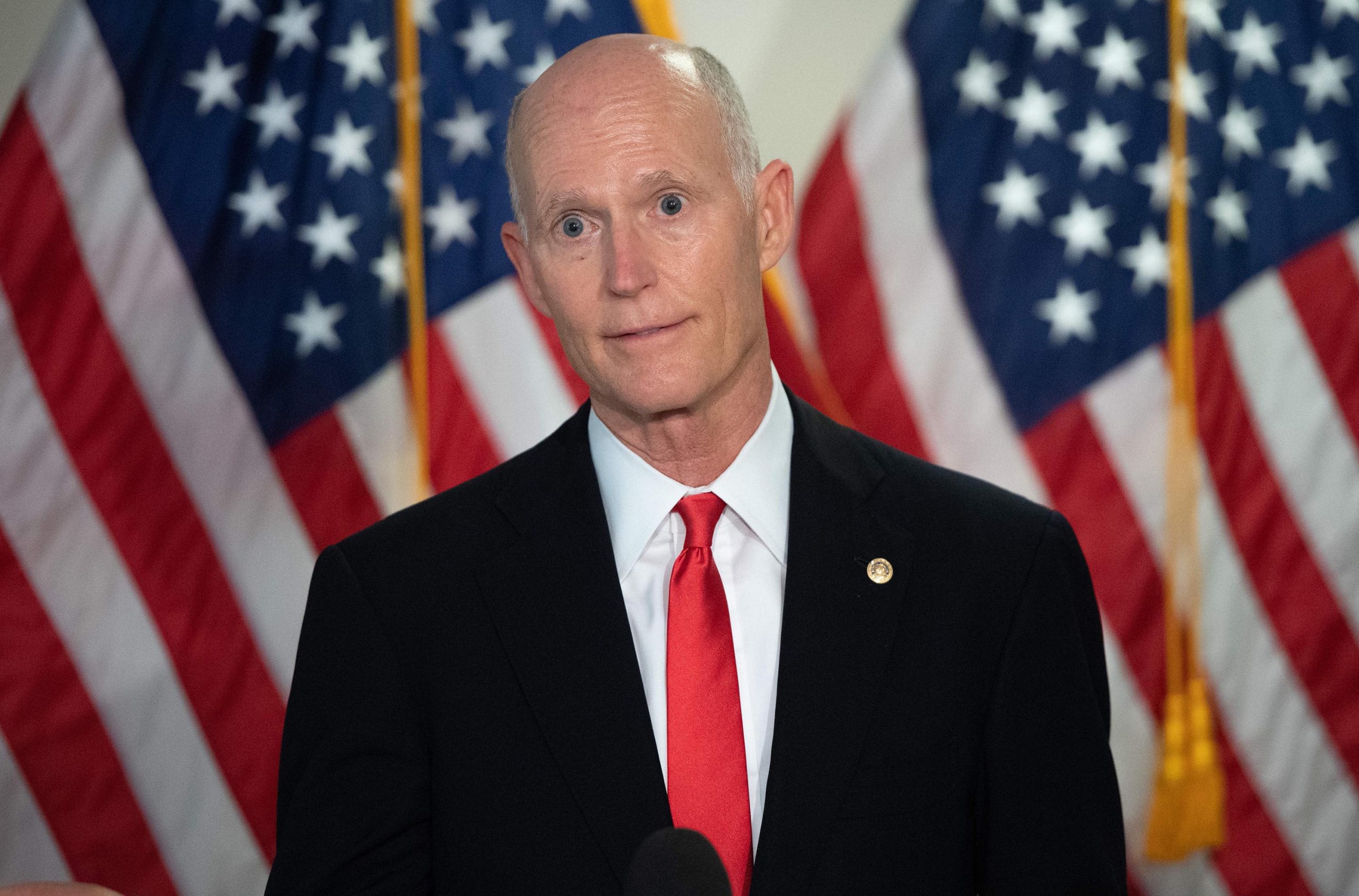Senate Democrats are increasingly focusing on Texas and Florida as potential targets in their efforts to retain a Senate majority, especially in light of discouraging polling in Montana. With incumbent Senators Rick Scott of Florida and Ted Cruz of Texas up for reelection, the races in these southern states are seen as competitive.
However, Democrats face a significant challenge in balancing their campaign spending between the two states, as both are large with expensive media markets. This situation creates a dilemma for Democrats, as spreading their resources too thinly could diminish their effectiveness in either race.
Democratic leaders have expressed optimism about pursuing a “two-state strategy,” aiming to compete in both Texas and Florida simultaneously. Senators such as Tom Carper and Sheldon Whitehouse emphasize the importance of investing in both states rather than choosing one over the other.
Their collective enthusiasm is underscored by a belief that there are viable paths to success in both locations. Despite this shared optimism, there remains a lack of clarity on how to effectively execute campaigns in both states given the logistical and financial constraints.

Senator Gary Peters, chair of the Democratic Senatorial Campaign Committee, acknowledges the need for careful analysis of metrics to guide investment decisions. He recognizes the potential of both Texas and Florida but is cautious about spreading resources too thin.
The significant costs associated with launching credible campaigns in these states mean that Democrats must strategically allocate funds, especially as they juggle other competitive races across the country. The financial demands of Texas and Florida’s media markets may limit the effectiveness of their campaigns.
Historical data raises concerns about the efficacy of spending in these states. Past elections illustrate that significant financial investments do not guarantee success; for instance, Val Demings spent nearly $49 million in Florida in 2022 and still lost by a substantial margin.
Similarly, MJ Hegar’s campaign in Texas saw nearly $44 million in spending without a successful outcome. When Democratic senators were asked about their party’s financial readiness to engage in both states, many expressed uncertainty, indicating a broader concern about resource limitations and the need for increased fundraising.
The urgency to develop a viable strategy for Texas and Florida is compounded by the precarious position of other Democratic incumbents, particularly in Montana. With Sen. Jon Tester’s reelection efforts looking increasingly challenging, Democrats are feeling the pressure to capitalize on the enthusiasm surrounding candidates like Colin Allred in Texas and Debbie Mucarsel-Powell in Florida.
Yet, as national Democrats have been slow to invest in these races, there is growing frustration within the party about missed opportunities for earlier campaign spending, which could have yielded greater impact when ad rates were more favorable. The situation emphasizes the necessity for timely and strategic financial planning in competitive electoral landscapes.


